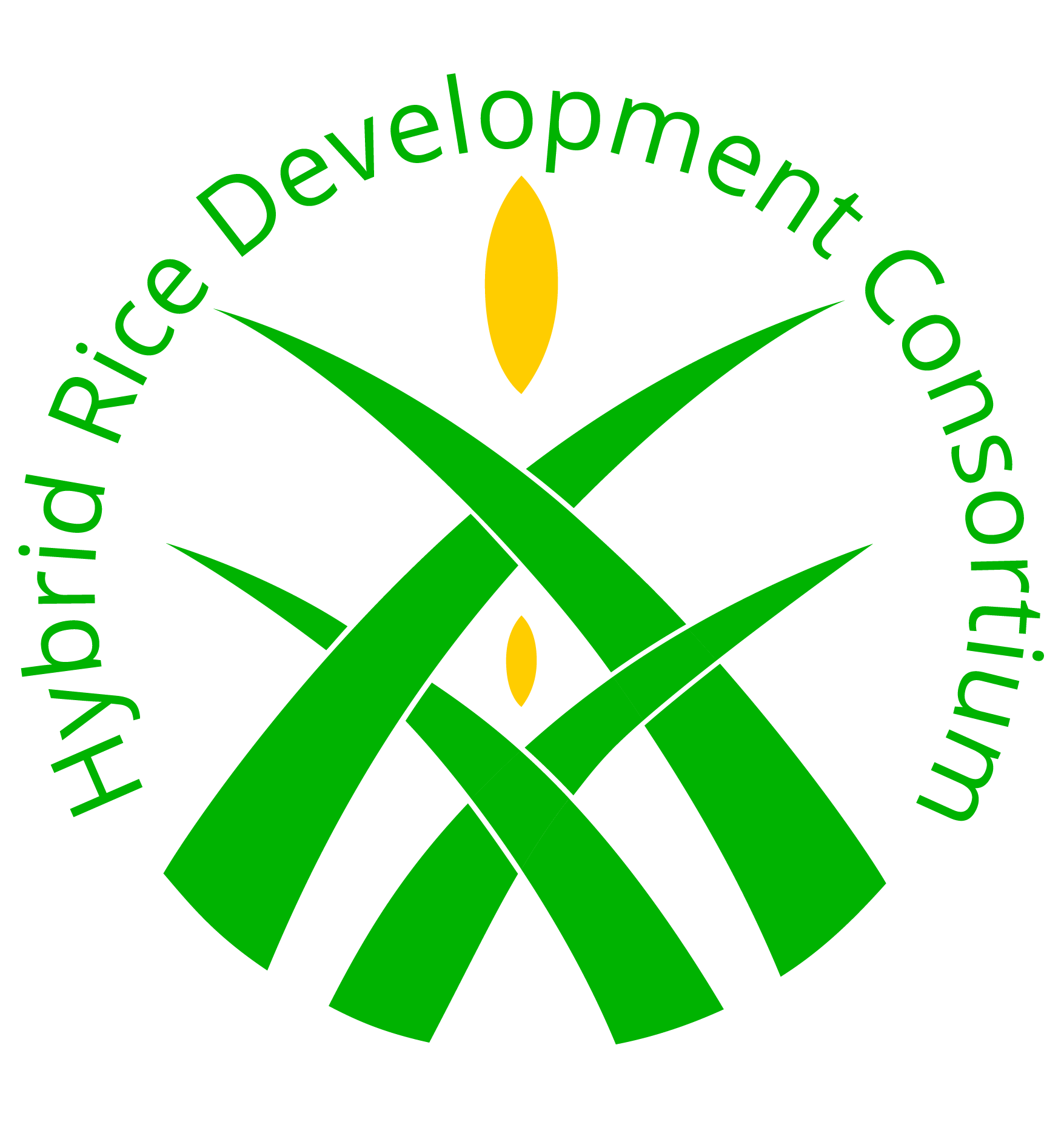- Hybrid rice is a key technology for closing yield gaps as well as raising the yield potential, and through that increasing the income of rice farmers as well as that of consumers who depend on buying rice as a staple food.
- IRRI and its partners in the public and private sectors have led research, development, and use of hybrid rice in the tropics for more than 30 years. A new generation of rice hybrids is now becoming available that will allow farmers to significantly raise rice yields and thus overall rice productivity and profitability. Consistently high-yielding heterosis, good grain quality, tolerance and resistance to key abiotic and biotic stresses, and high yield of seed production are the key targets in both public and private sector hybrid rice research and development.
- Seed companies in the private sector have a comparative advantage in product-oriented R&D, large-scale commercial production and marketing, an area in which IRRI has no direct involvement and National Agricultural Research and Extension Systems (NARES) are often comparatively weak. However, the public sector has a comparative advantage in many areas of basic hybrid rice research, development of breeding lines and traits specifically suited to the environments, providing information and in capacity building.
- Closer public-private sector collaboration is required to enhance innovation and widen the access to new germplasm and information on all aspects of hybrid rice technology. The HDRC provides a new operational mechanism for such multi-sectoral collaboration.
- The HRDC also provides a sustainable support mechanism for further enhancing IRRI’s contributions to hybrid rice development. Major strengths of IRRI and contributions to the HRDC include:
- Basic research on enhancing hybrid heterosis and improving hybrid seed production yields, including research on rice genetics and breeding, rice general management and production practices for specific inbred parents and hybrid combinations;
- Basic research on the genetic control of key traits for hybrid rice by exploiting rice genome sequence information and advances in gene transformation and bioinformatics;
- Developing new traits, parental lines, and hybrids with high yield and multiple disease and pest resistance through exploiting IRRI’s large germplasm collection and inter-specific hybridization capabilities;
- Potential capacity to lead the evaluation, registration, licensing, and promotion of value-adding biotech traits for hybrid rice, as well as to provide guidance on best practices for regulatory requirements for biotech traits;
- Research on improving grain quality, including developing methods for grain quality testing at early stages of hybrid development that require small sample size and are nondestructive;
- Worldwide and regional research collaboration with many national partners, including experience through the International Network for Genetic Evaluation of Rice (INGER), in exchange of germplasm and processing of associated intellectual property, quarantine, biosafety requirements, exchange of scientists and information, and multi-location testing of new parents, hybrids, and breeding lines through various IRRI breeding networks and consortia;
- Soil and crop management research to realize the full yield potential of hybrid rice under both favorable and unfavorable conditions;
- In collaboration with research partners and the rice industry, providing information on hybrid rice technology and associated best management practices to farmers using information and communication technology and other means for technology dissemination;
- Training and capacity-building capabilities, including various training courses, the use of IRRI’s Rice Knowledge Bank and e-learning courses;
- Monitoring and evaluating of the economic, social and environmental impact of hybrid rice technologies within and across countries; and
- Policy research to support national advocacy for further development and use of hybrid rice technology.
Last Updated ( Tuesday, 13 November 2012 )
